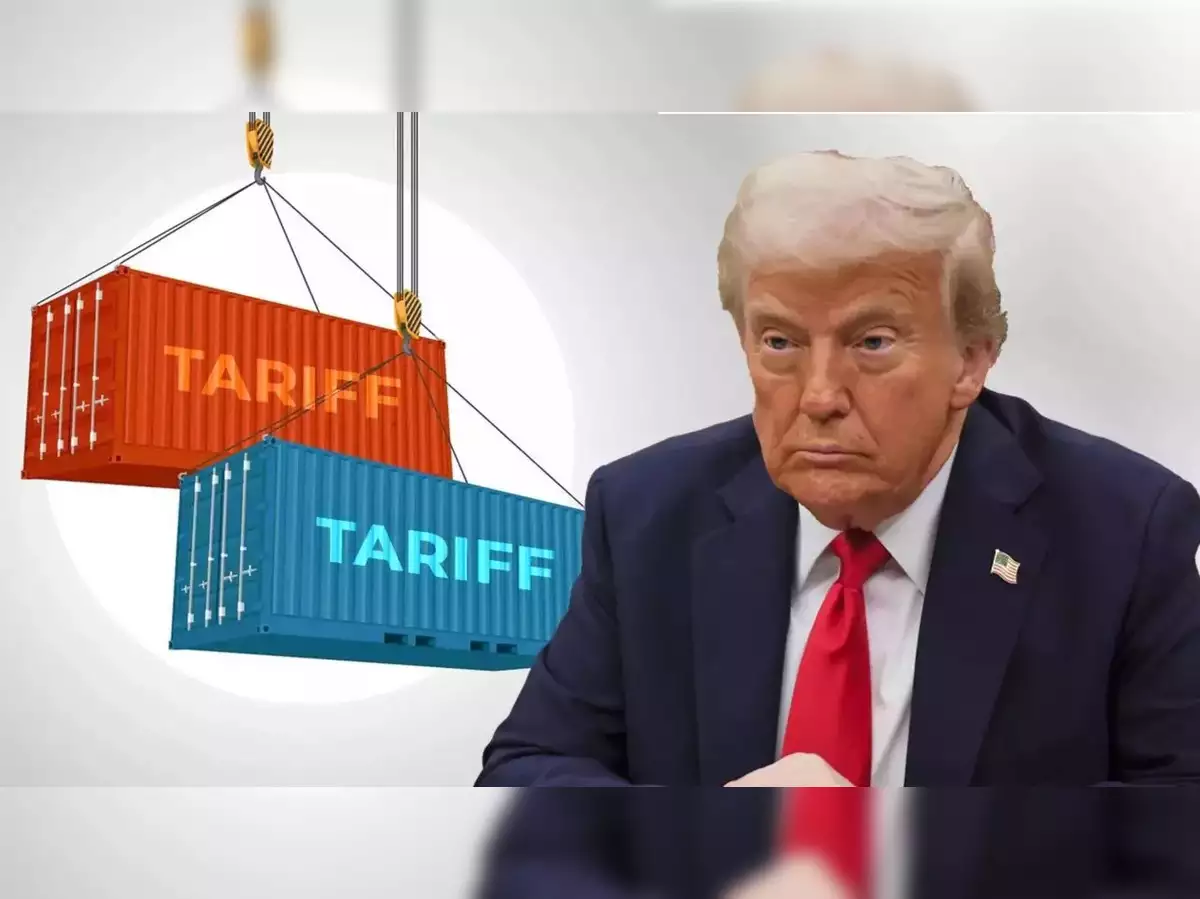 Image Source: The Economic Times
Image Source: The Economic Times
The recent round of drastic US tariffs on Chinese-produced merchandise, imposed by the Trump government, is wreaking havoc across the international fashion market. But European fashion leaders such as Zara are bucking the trend better than several American competitors due to years of deliberate actions aimed at lessening their reliance on Chinese production.
Trump Tariffs Transform Fashion Sourcing
Tariffs of as much as 145% on Chinese-produced merchandise and up to 49% on goods coming from Vietnam, Cambodia, and Bangladesh-nations that provide the majority of low-cost clothing exported globally-have shaken fashion companies, leading them to re-examine global supply chains, with most hastening initiatives to diversify sourcing and bet on nearshoring initiatives.
Zara's European Model Pays Off
Zara, controlled by Inditex, is recognized for its resilient supply chain. By concentrating its production in Europe and surrounding markets, Zara has reduced the impact of tariffs in Asia while preserving speed-to-market benefits. This nearshoring strategy, though more costly, enables Zara to keep inventory under its control and move rapidly to alter to shifting patterns-a critical boon as tariffs redefine traditional fast-fashion flows.
Industry-Wide Reorientation Away from China
Industry-wide is the trend. Since 2019, Chinese dependence has diminished at the most rapid pace in more than ten years, and China sourcing dropped by 6 percentage points. Investment is growing in other Asian centers such as Vietnam, Bangladesh, India, and Pakistan and in nearshoring countries such as Türkiye and Egypt. The proportion of apparel manufacturing foreign direct investment to nearshoring areas has surged 20 percentage points for the US and 8 points for the EU over the past five years.
Mixed Fortunes for Fast Fashion and Suppliers
Fast fashion companies based on razor-thin margins and supply chains spread across the globe are beginning to feel the pinch. Increasing costs, delays in shipping, and complicated new supply relationships are squeezing profits and making some slash product ranges. Exporting country suppliers, who are already working on thin margins, are facing even more pressure as brands drive down costs along the chain.
Prospects for Local and Sustainable Fashion
Although the tariffs create difficulties, they also provide opportunities for local ingenuity. Local brands and small designers specializing in upcycling, sustainability, and local manufacturing might gain a new market as consumers look to alternatives to bulk-produced imports.
Prospects: A New Fashion Order?
The international fashion industry stands at a turning point. As the advantages of globalization fade, brands have to find a new equilibrium between cost, speed, and risk. Zara's diminished reliance on China and investment in local European production have placed it-and comparable European brands-in a better position to respond to the Trump tariffs than many US-headquartered rivals. The long-term result will hinge on how rapidly brands can adjust their sourcing strategies and whether consumers are willing to pay more for clothing.
Relevant Sources: Times of India, AECEGY, SCW Magazine, KrASIA, COSH!, Fast Company
Advertisement
Advertisement





